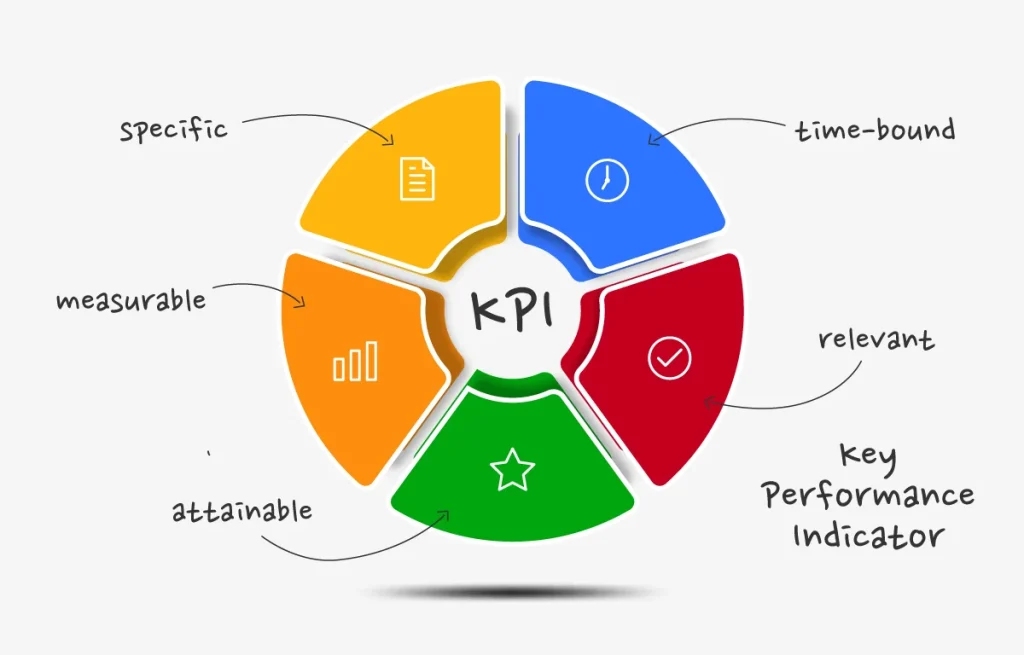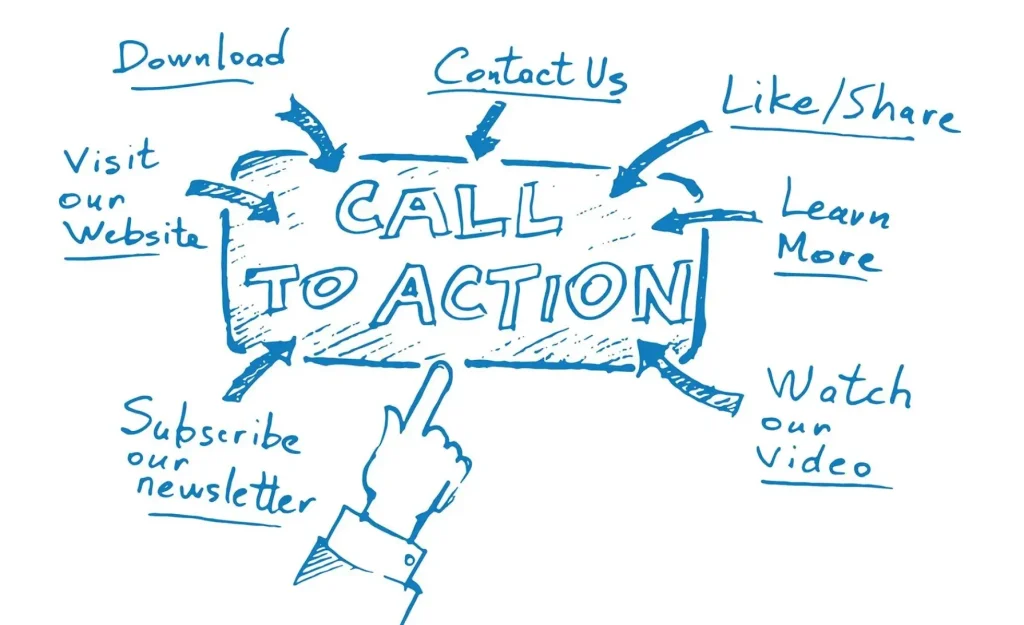Video Strategy 101: How a Digital Agency Plans Videos That Sell
Subscribe to our newsletter
Keep up with the latest news in the digital marketing arena with Klik Digital. Subscribe Now!
Error: Contact form not found.

The rise of video has convinced every business that they need video content. So, they hire a production crew, film something beautiful, upload it… and then wait. But too often, the views are low, and the sales conversions are non-existent.
Why? Because they skipped the most crucial step: the video planning strategy.
The truth is video is not magic. It’s a high-impact, high-cost investment that requires rigorous strategic planning to deliver ROI. Klik Digital doesn’t just create videos; we engineer content ecosystems designed for performance. We focus on the measurable “Why” and the precise “Who” long before we touch the “What” and the “How.”
This guide provides an inside look at the 6-Stage Video Planning Framework used by results-driven digital agencies. Master these steps, and you will stop wasting budget on creative flair and start creating videos that sell.
I. Define the Strategic Foundation (The First 3 Stages)
Before a single storyboard is sketched or a camera lens is chosen, the entire video concept must be rooted in measurable business objectives. This ensures your video is a sales asset, not just an expensive piece of art.
1. Goal Alignment: What is the single, measurable business goal (KPI)?
Every successful video has one primary KPI it is designed to impact. If your video is trying to achieve five things, it will likely achieve none.
The Agency Approach: Our clients must first define their specific, measurable business outcome first. For example:
- Awareness Goal: Increase brand mentions and site traffic by 15% in Q3. (KPI: Reach, Impressions, Site Clicks).
- Lead Generation Goal: Increase demo request form submissions from the landing page by 5%. (KPI: View-to-Form Submission Rate).
- Retention/Support Goal: Reduce support calls related to Product X by 20%. (KPI: Reduction in Support Ticket Volume).
Strategic Tip: Align your video goal with a specific stage of the marketing funnel (Top, Middle, or Bottom). A testimonial video intended for the bottom of the funnel should never be used as a general awareness ad.

2. Audience Deep Dive: Defining the Target Viewer
A video that tries to speak to everyone speaks to no one. Your video’s success hinges on its ability to emotionally connect with a specific person facing a specific problem.
The Agency Approach: We build a hyper-specific viewer profile that includes:
- The Persona: Name, job title, company size, and primary responsibilities.
- The Pain Point: What problem is this video solving for them right now? (e.g., “Wasting hours manually inputting data”, “Struggling to justify budget to the CFO”).
- Consumption Habits: Where are they scrolling? (YouTube for long-form education, LinkedIn for professional insights, Instagram for quick, vertical hooks).
Understanding the pain point allows the script to open with a question that immediately hooks the viewer because it feels directly relevant to their current struggle.
3. Placement and Context: Where Will the Video Live?
The video’s intended placement dictates its length, format, style, and production value. Ignoring placement is a common mistake that leads to poor performance.
- Landing Page (BoFu): Needs to be concise, highly informative, and packed with social proof (e.g., testimonials). Length should be 60-90 seconds maximum.
- Social Feed Ad (ToFu): Must be vertical (for mobile), grab attention in the first 3 seconds, use clear text overlays (as sound is often off), and should typically be under 30 seconds.
- Email Campaign (MoFu/BoFu): Often more personalized, delivered as a short, direct message. A static thumbnail with a play button is used to drive traffic back to the website.
Strategic Tip: Never use one video across all platforms without editing it for context. A 3-minute YouTube video should become 3 separate 15-second TikTok videos.
II. The Creative Blueprint (The Next 3 Stages)
Once the strategic foundation is laid, the creative phase begins. This is where the goals and audience insight are translated into a compelling narrative and a script designed for conversion.
4. Core Message and Offer
The core message is the single most important takeaway the viewer should remember. The offer is the single, immediate action you want them to take. Keep both simple.
- Core Message Example: “Our software saves you an average of 10 hours per week on payroll.” (Not: “Our software is AI-driven and integrates with everything and…”)
- Offer/CTA Example: “Click the link below to schedule your 15-minute diagnostic call.” (Not: “Visit our site, check out our products, sign up for the newsletter, and follow us on social media.”)
Defining these two elements precisely prevents “message drift” during filming and editing.

5. Tone, Style, and Brand Consistency
The video’s aesthetic and voice must be consistent with the brand’s overall identity. This builds trust and ensures the video reinforces the brand’s value proposition.
- Tone: Is the brand authoritative and educational (e.g., explainer videos)? Is it friendly and humorous (e.g., culture videos)? Or is it polished and aspirational (e.g., brand anthems)?
- Style: Will you use live-action footage, custom animation, screen capture, or a combination? Animation is excellent for complex concepts or when a product isn’t fully built; live-action excels at building human trust.
This stage requires creating a detailed style guide that covers color palettes, music mood, typography, and voiceover style.
6. Scripting for Conversion
The script is the technical document used by the production team, but its primary function is to serve the marketing goal. Agencies use structured models to ensure every line works toward the CTA.
Using Frameworks (e.g., AIDA)
The script should deliberately guide the viewer through a psychological process:
- Attention (A): The first 3-5 seconds. Hook the viewer by immediately validating their pain point or asking a provocative question relevant to their needs.
- Interest (I): Introduce the solution (your product/service) and explain what it does to solve the pain point.
- Desire (D): Focus on the results and benefits. Use social proof, data, or compelling visuals to make the viewer want the outcome.
- Action (A): The clear, singular Call-to-Action.
The Crucial Role of the Opening 3-5 Seconds
In a crowded feed, you have three seconds to stop the scroll. Videos that sell never waste time on long, drawn-out intros, fancy logos, or generic stock footage. They immediately present a problem the viewer is facing.
Integrating the Call-to-Action (CTA) Strategically
The CTA should not be relegated to the final frame. It must be integrated visually (on-screen text), verbally (voiceover), and functionally (a clickable button/link) before the viewer’s attention drops off. For longer videos, a subtle CTA reminder mid-video can significantly boost conversion.

III. Pre-Production and Measurement (The ‘How’)
The final stages transition the blueprint into a tangible asset and establish the performance monitoring system that proves the investment was worthwhile.
7. Logistics and Timeline
Successful pre-production minimizes costly surprises during the shoot.
- Budget Allocation: Smart agencies dedicate a significant portion (often 20-30%) of the total budget to planning and post-production, rather than sinking everything into a single, expensive shoot day.
- Securing Assets: This includes location scouting, casting professional talent, securing any necessary permissions or legal clearances, and organizing existing brand assets (logos, graphics).
- Timeline: Creating a realistic production schedule that includes review cycles for the client. A well-planned 90-second video can easily take 4-6 weeks from concept to final delivery.
8. The Shoot Day Plan
The goal of the shoot day is efficiency. Every minute on set is costly.
- Detailed Shot Lists: A mandatory document ensuring every angle, setting, and required action is captured. This prevents the need for expensive reshoots later.
- Storyboards: Visual guides that show how the narrative will flow visually, ensuring consistency between the script and the final edit.
- Coverage of B-roll: Planning for extensive B-roll (supplementary footage) is essential for the editor. B-roll keeps the viewer engaged, prevents visual fatigue, and allows the editor flexibility in pacing the video.
9. Defining Success: Establishing Key Performance Indicators (KPIs)
True accountability is defined before the video is published. Success must be quantifiable.
- Click-Through Rate (CTR): The percentage of viewers who clicked the CTA link. This measures the effectiveness of the offer and the desire portion of the script.
- View-to-Conversion Rate: The percentage of people who watched the video and subsequently completed the desired action (e.g., filled out the form, started a trial). This is the ultimate metric for videos that sell.
- Average Watch Time/Completion Rate: Measures how engaging the content is. Low watch time means the opening hook failed or the pacing is slow.
A successful video is never an accident. It is the result of a rigorous, structured video planning strategy that starts with business objectives and ends with clear, measurable KPIs. By focusing on who you are talking to and why you are talking to them, you transform video production from a costly gamble into a reliable sales mechanism.
Stop letting creative flair dictate your budget. Start letting data and strategy drive your results.
Need help aligning your video production with your business KPIs? Request a Video Content Strategy Session with our experts today and start creating videos that truly sell.
FAQ

Live-action is best for building trust and human connection (e.g., testimonials, culture videos). Animation is ideal for explaining complex products, visualizing abstract data, or when quick, cost-effective revisions are anticipated. The decision is based on the strategic goal (Q1).
Client testimonial videos and detailed case studies are the most effective. At this stage, viewers have high intent and seek social proof and validation from peers who have already succeeded with your solution.
A strategic agency dedicates a significant portion—typically 20% to 30% of the total budget—to the planning, scripting, and measurement framework. Skimping on planning always leads to exponential costs and wasted time during production.
ROI for awareness videos is measured not through direct sales, but through metrics like increased branded search queries, overall lift in website traffic, and tracking video views to site visits. The ultimate goal is to reduce future customer acquisition costs (CAC) by building familiarity and trust.








